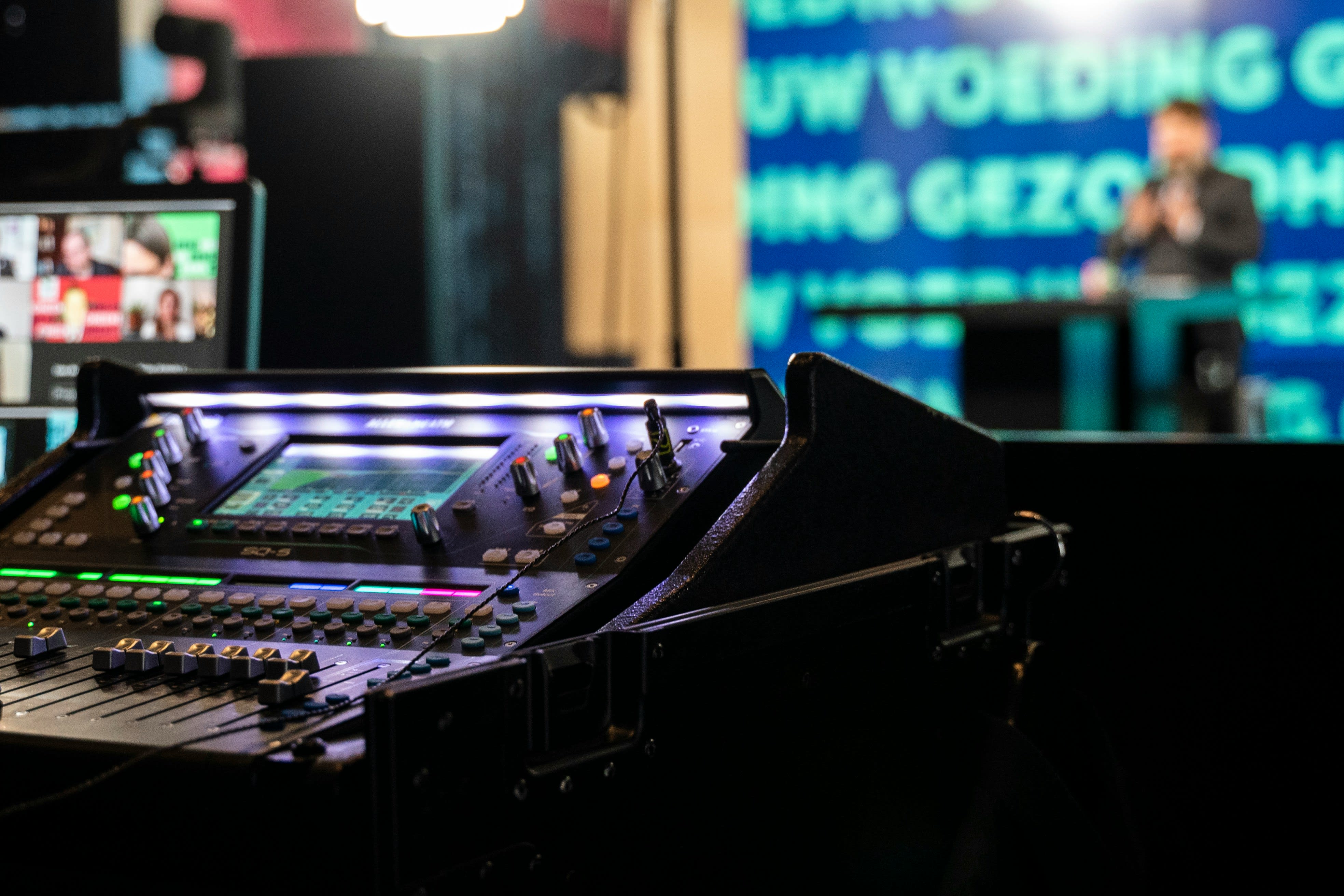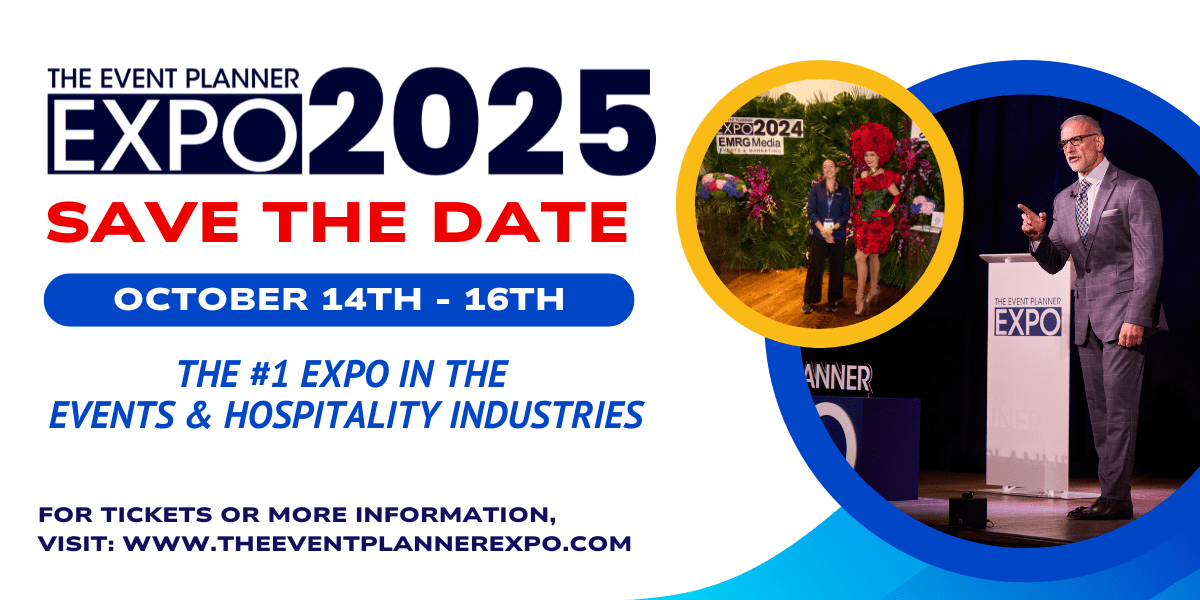The Rise of Hybrid 2.0: What NYC Events Are Getting Right
 New York City has always been about doing things bolder and smarter. After years of experimenting with hybrid events, NYC event planners here are moving past the awkward early days. They’re rethinking what it means to bring people together, whether they’re in the room or across the globe.
New York City has always been about doing things bolder and smarter. After years of experimenting with hybrid events, NYC event planners here are moving past the awkward early days. They’re rethinking what it means to bring people together, whether they’re in the room or across the globe.
For a while, “hybrid” was the industry’s buzzword that would get some heavy eyerolls. It sounded like a temporary fix to keep things moving when we couldn’t gather in person. But fast-forward to 2026, and the best event planners in New York City are proving hybrid is a format with its own power, its own creative potential, and its own kind of luxury.
Welcome to Hybrid 2.0—the next evolution of how we connect people both in the room and across the world.
This isn’t about putting a camera at the back of the ballroom. It’s about designing experiences that are equally magnetic for the audience on-site and online. And right now, NYC is leading the charge.
The Shift: From Livestream to Live Experience
When hybrid first took off, most events just mirrored what was happening in the room. You had a stage, a camera, a stream, and a chat window. The problem? Viewers didn’t feel anything.
Hybrid 2.0 is different. It’s not about duplication—it’s about translation.
Planners are designing distinct yet connected experiences for two audiences. The in-person guest gets the energy, immersion, and social buzz. The virtual guest gets direct access, tailored engagement, and behind-the-scenes exclusivity.
Think of it like directing two shows that share one heartbeat.
NYC planners are executing this with:
-
- Virtual lounges that let online guests mingle with people in the room.
- A team of hybrid hosts who guide the digital experience like on-screen emcees.
- Interactive polls and Q&As giving both audiences a chance to influence the event as it happens.
The best hybrid events feel like communities with lots of engagement.
The Technology: Invisible but Essential
The tech behind Hybrid 2.0 is practically invisible. Forget buffering streams and glitchy sound—today’s NYC production teams are using cinematic setups, multi-camera storytelling, and low-latency streaming to give virtual attendees a premium experience.
Some tools making it happen:
-
- Bizzabo, Hopin, and Stova to manage hybrid platforms.
- StreamYard and Shoflo for live direction and production control.
- AI captioning and translation tools that make events accessible to audiences around the world.
NYC planners are also integrating spatial audio, dynamic lighting, and multi-sensory cues that sync between physical and virtual spaces.
You might walk into a room where the lighting changes in sync with the beat of a digital attendee’s soundtrack. That’s Hybrid 2.0—where the barrier between screen and stage is paper-thin.
Why Attendees Love It
Hybrid used to feel like a compromise. Now, it’s a choice.
Attendees who join remotely no longer feel like spectators—they’re participants. They can network, react, and co-create the event without boarding a plane. Meanwhile, those attending in person enjoy a tighter, more curated experience without overcrowding.
Top NYC insights:
-
- Virtual guests appreciate exclusivity—give them backstage access or speaker meetups that on-site attendees can’t get.
- On-site guests love that hybrid formats make in-room experiences less congested and more intentional.
- Both groups crave connection. Planners who use shared content walls, reaction boards, or collaborative playlists see engagement skyrocket.
Hybrid 2.0 isn’t about convenience. It’s about belonging, anywhere.
The ROI Factor
Hybrid events are finally making financial sense for planners and clients. They reach more people, cut down on travel expenses, and create content that lasts well beyond the event itself.
When it’s done right, a single hybrid event can power a brand’s marketing for months. Recordings turn into mini masterclasses, sessions become short clips for YouTube, and standout moments keep rolling across social channels.
The math NYC planners are running:
-
- In-person capacity: 500.
- Virtual reach: 5,000.
- Extended content lifespan: 6 to 12 months.
That’s ROI most live-only formats can’t touch.
Clients love the visibility. Sponsors love the analytics. Planners love the ability to repurpose assets without losing energy. Hybrid has gone from “plan B” to business model.
What’s Working Best Right Now
NYC event planners are treating hybrid as an art form. The best examples combine design, production, and storytelling in ways that make both audiences feel equally valued.
1. Two Hosts, One Story
One emcee for the in-room crowd, one for virtual. They coordinate energy, exchange updates, and pass the story back and forth like co-anchors.
2. Integrated Networking
Platforms like Grip and Brella use AI to connect in-person and remote guests. Attendees can set up quick virtual meetups or jump into video chats right from the app.
3. Sharing the Moment
The best hybrid events turn in-room experiences into digital stories. Highlights, memorable quotes, and short clips get shared online right away, giving remote attendees something to react to and creating ongoing excitement for the event itself.
4. Real-Time Analytics
AI-powered dashboards show where audiences tune in or drop off. Planners adjust flow or pacing mid-event based on live data.
5. Experiential Packages
High-end hybrid events now ship tactile elements—cocktail kits, product samples, or sensory gifts—to remote guests so they can experience physical connection at home.
Hybrid is no longer about making virtual attendees feel “included.” It’s about making them feel important.
The Luxury Angle
NYC has always been the center of high-end event production, and hybrid has officially joined the luxury ranks.
Top planners are creating VIP-level hybrid experiences for global brands and private clients who expect sophistication at every touchpoint. That includes custom interface design, branded environments, and private access portals for key guests.
Imagine this: a brand activation at The Glasshouse in Manhattan with 300 guests on-site and 3,000 VIPs watching via a password-protected platform with exclusive camera angles, product drops, and private chat access to brand ambassadors.
Hybrid Pitfalls to Avoid
Even with all the innovation happening in NYC, some event teams are still missing the mark. Virtual audiences can end up feeling like an afterthought, digital production budgets get overlooked, and programs sometimes cram in too much content at once. On top of that, interaction takes a backseat to aesthetics, leaving parts of the experience feeling flat.
Hybrid 2.0 thrives on rhythm. It’s not just an event—it’s choreography. Timing, pacing, and transitions have to be tight, or attention dissolves.
Planners who succeed are learning to produce hybrid experiences with the same rigor as a live TV show. Every cue, every transition, every camera move matters.
What Planners Are Saying
“Hybrid isn’t tech anymore—it’s hospitality,” says one NYC creative director. “We’re designing for how people feel across two realities.”
Another describes it as “a new frontier for inclusion.” Remote audiences now include those who can’t travel, those with accessibility needs, and those who simply prefer digital. In 2026, inclusivity will be a core reason clients go hybrid.
That’s the other big shift. Hybrid is no longer about adaptation—it’s about access.
The Next Phase: Hybrid Meets Immersive
The next generation of hybrid events is about to blur the line between in-person and virtual completely.
AR, VR, and holographic technology are turning digital attendees into physical presences. You’ll soon see:
-
- Keynote speakers beamed into NYC venues as full 3D holograms.
- Remote guests appearing on LED walls for real-time conversations.
- Hybrid networking lounges where AI recreates real-world chemistry online.
For forward-thinking planners, this isn’t science fiction—it’s production planning for 2026.
The NYC Advantage
New York planners have an edge because the city thrives on scale and storytelling. It’s the one market where hybrid innovation meets artistry. From Times Square activations to Hudson Yards summits, hybrid events here are being treated as cultural moments, not technical experiments.
The competition has raised the bar. If you can pull off a flawless hybrid event in NYC—with its talent, pace, and production expectations—you can do it anywhere.
What Hybrid Really Means Now
Hybrid 2.0 is a design philosophy about creating choice and accessibility without compromising experience. Give your audience the freedom to engage on their terms while still feeling part of something bigger.
The future belongs to planners who can make digital feel human and physical feel limitless.
Experience the Future of Events at The Expo
If you want to see Hybrid 2.0 in action—and connect with the NYC production teams, creative agencies, and technology partners shaping it—join The Event Planner Expo 2026 in New York City.
Connect your brand with some of the smartest minds in events today. Mark your planners for The Event Planner Expo 2026 and show off your hybrid expertise to planners and decision-makers shaping the industry. Or grab your tickets and experience the next generation of live and digital event design firsthand.
Hybrid the new pulse of NYC events—and it’s just getting started.
